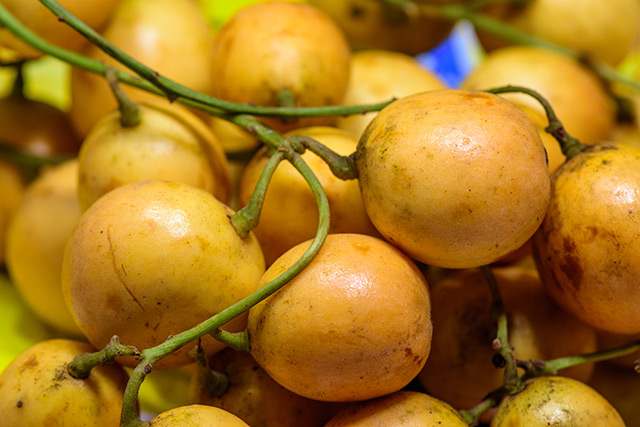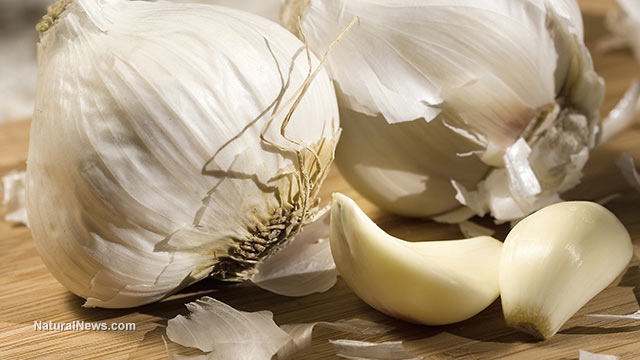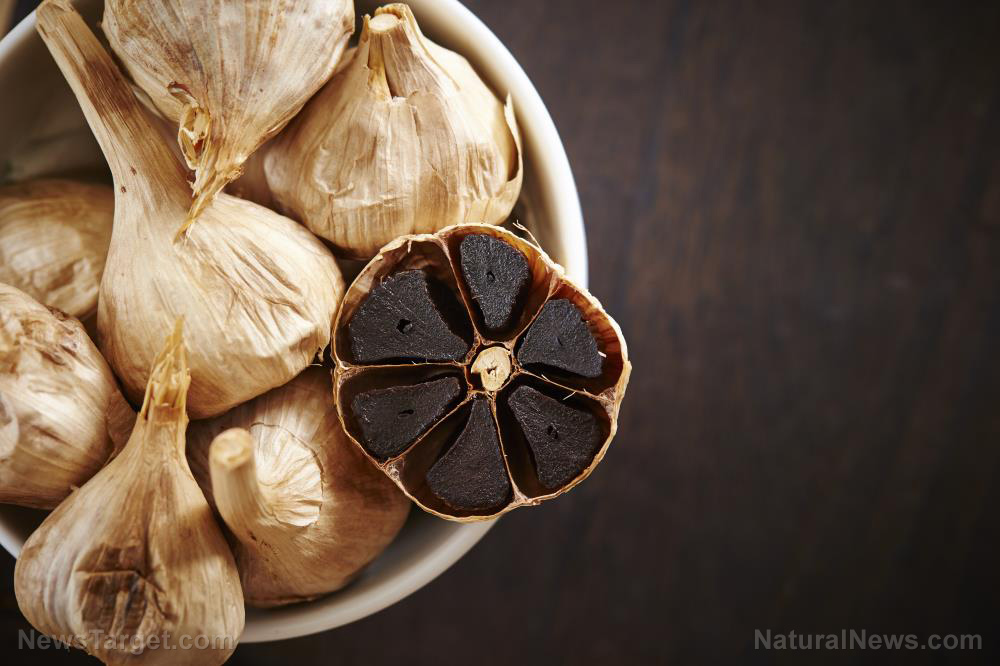Why are many scientists calling the Burmese grape the next superfood?
11/17/2018 / By Rhonda Johansson

During the Hindu festival of Rathayatra, also referred to as the Chariot festival, one of the main highlights of the procession is when devotees offer Burmese grapes in tribute to their deity Jagannath (which literally means “Lord of the Universe”) as a symbol of abundance, luck, and fortune. Modern research, however, has found that the yellow-to-orange golf ball-sized fruits are more than that: The fruit, in particular, contains cytotoxic, analgesic, anti-inflammatory, neuropharmacological, and antidiarrheal properties.
These properties were recently validated in a botanical analysis published in BMC Complementary and Alternative Medicine. In this review, researchers at the Atish Dipankar University of Science and Technology in Bangladesh attempted to clinically prove the usefulness of the Burmese grape in the advancement of alternative natural medicine.
Five therapeutic properties were measured:
- Cytotoxicity was measured using brine shrimp lethality bioassay;
- Antinociceptive activity was determined by acetic acid-induced writhing, formalin-induced licking and biting, and tail immersion methods;
- Anti-inflammatory properties were assessed by carrageenan-induced hind paw edema;
- Central nervous system (CNS) depressant activities were measured by the open field and hole cross tests; and
- Anti-diarrheal activities were assessed by castor oil-induced diarrheal methods.
These data were cross-analyzed through one-way ANOVA (analysis of variance) followed by Dunnett’s test (a multiple comparison procedure). Across all boards, Burmese grapes displayed remarkable activity in all five areas. This suggests that it can be used as a safe and effective treatment for various disorders, including rheumatoid arthritis, cellulitis, constipation, and other related injuries.
These effects were evident for both the pulp and the seeds of the fruit at a dose of 200 mg/kg.
Current uses for Burmese grapes
Surprisingly, despite all its medical benefits, Burmese grapes are not well-known. Their popularity is still quite limited to India and some parts of Southeast Asia. Further, many of our local stores don’t really sell them because of shipping difficulties. Try getting your hands on them though, if you can. Burmese grapes are sweet and sour, tasting somewhat similar to a lychee.
Many people eat the fruit as is, but some use it as a base for a strong type of wine called “latkan.” This beverage is relatively popular in Malaysia and some parts of India. It involves fermenting the juice of the Burmese grape with water, sugar, and yeast for at least two weeks.
Apart from having an unusual taste, the Burmese grape is also really good for you. Gram for gram, it has twice as much potassium as bananas and contains high amounts of vitamin C, magnesium, and calcium.
In Chinese medicine, healers use the dried fruit as an effective treatment for abscesses. The juice, on the other hand, is mainly used to remedy constipation and some types of skin diseases.
The leaves of the Burmese grape are used as a flavoring agent for curries and minced meat in India. Many recipes use Burmese grape as the main ingredient for flavorful jams, jellies, and chutneys.
Add more grapes to your everyday diet to reap their nutritional benefits. Learn more at FoodCures.news.
Sources include:
Tagged Under: Burmese grapes, folk medicine, food as medicine, food cures, natural cures, natural remedies




















